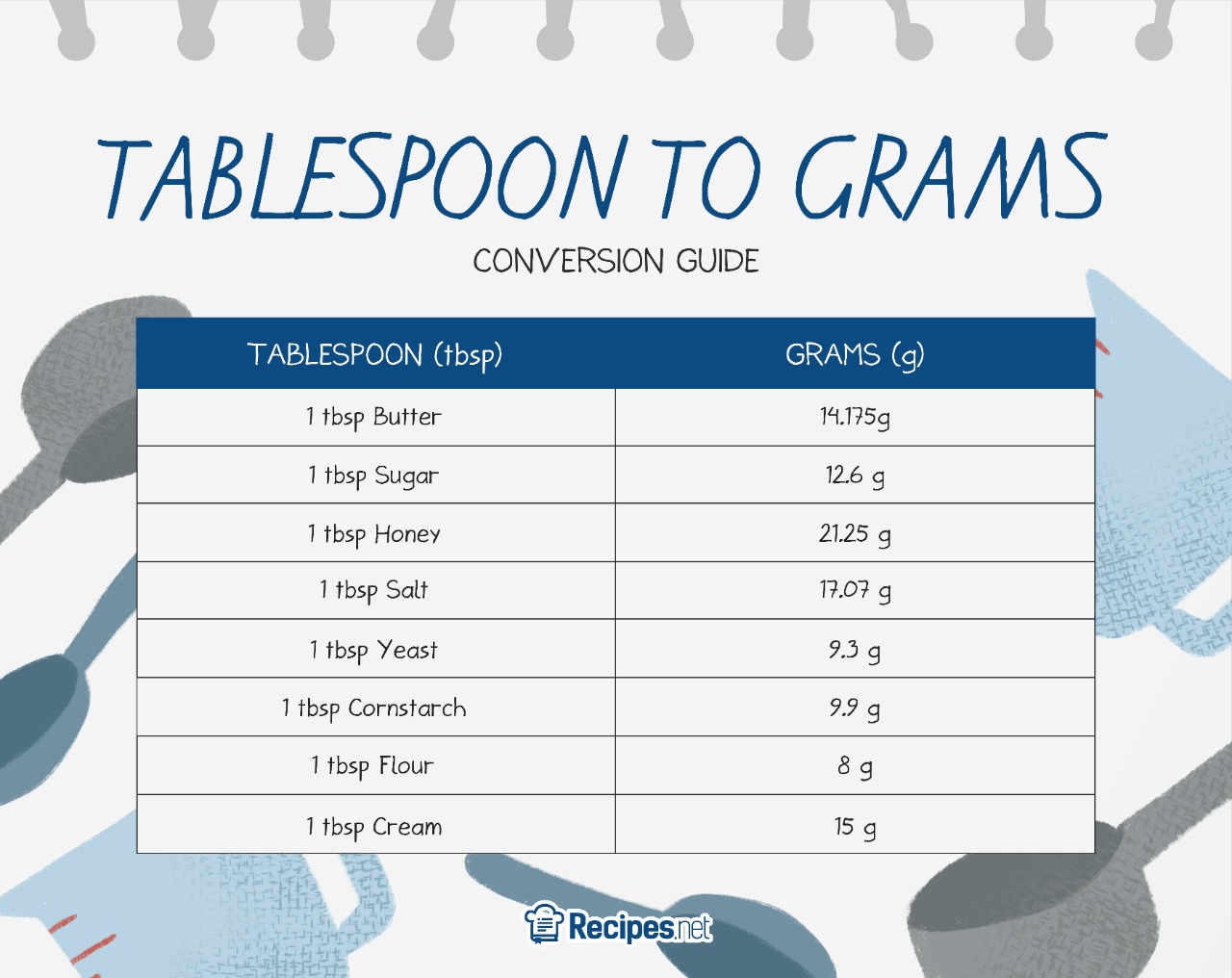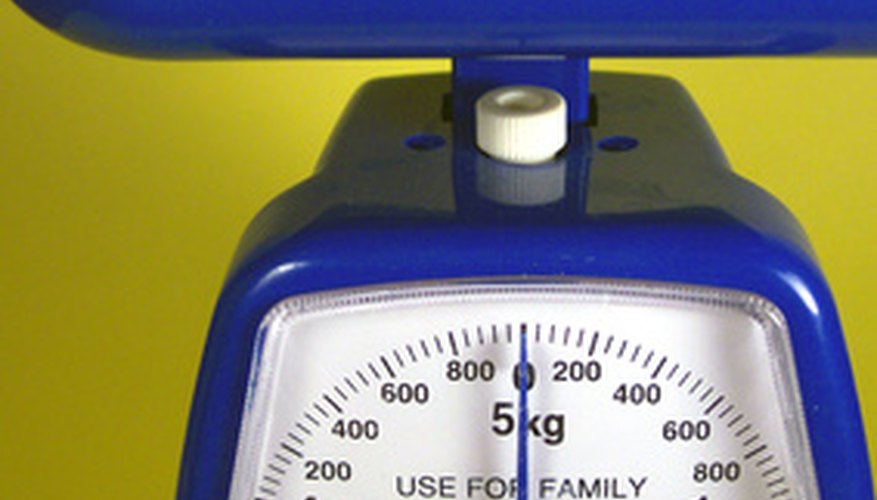When it comes to understanding measurements, particularly in the metric system, one common question that arises is: how many milligrams in a gram? This fundamental concept is crucial for various fields, including cooking, science, and medicine. In this article, we will explore the answer to this question in detail, providing a clear and concise explanation. We will also delve into the importance of these measurements and how they are used in everyday life.
Key Takeaways
- There are 1,000 milligrams (mg) in a gram (g).
- Understanding this conversion is essential for accurate measurements in various fields.
- The metric system is widely used around the world for its simplicity and ease of conversion.
How Many Milligrams in a Gram?
To answer the question directly, there are 1,000 milligrams in a gram. This conversion is a fundamental aspect of the metric system, which is based on powers of ten. The metric system is designed to be simple and intuitive, making it easy to convert between different units of measurement.
Breaking Down the Metric System
The metric system, also known as the International System of Units (SI), is used globally for scientific and everyday measurements. It is based on a set of base units, including the meter for length, the kilogram for mass, and the second for time. The system uses prefixes to denote different scales of measurement:
- Kilo-: 1,000 units
- Hecto-: 100 units
- Deka-: 10 units
- Deci-: 0.1 units
- Centi-: 0.01 units
- Milli-: 0.001 units
In this context, a gram (g) is a base unit of mass, and a milligram (mg) is one-thousandth of a gram. Therefore, 1 gram equals 1,000 milligrams.
Why Is This Conversion Important?
Understanding the conversion between grams and milligrams is essential for several reasons:

1. Precision in Cooking
In cooking, especially when following recipes from different parts of the world, precise measurements are crucial. Many recipes require ingredients to be measured in grams or milligrams to ensure the correct proportions and flavors. For example, spices and baking ingredients often need to be measured accurately to achieve the desired taste and texture.
2. Accuracy in Medicine
In the medical field, accurate dosage measurements are critical. Medications are often prescribed in milligrams, and understanding the conversion to grams can help ensure patients receive the correct dosage. This precision can prevent underdosing or overdosing, which can have serious health implications.
3. Scientific Research
Scientists and researchers rely on precise measurements for their experiments and studies. Accurate conversions between grams and milligrams are necessary for preparing solutions, measuring samples, and conducting various tests. This precision ensures the reliability and reproducibility of scientific results.
Practical Examples
To further illustrate the importance of understanding how many milligrams are in a gram, let’s look at some practical examples:
Example 1: Baking a Cake
Imagine you are baking a cake, and the recipe calls for 5 grams of baking powder. If you only have a scale that measures in milligrams, you need to convert grams to milligrams. Since 1 gram equals 1,000 milligrams, 5 grams of baking powder is equivalent to 5,000 milligrams.
Example 2: Medication Dosage
Suppose a doctor prescribes a medication dosage of 250 milligrams. If you have a medication that is measured in grams, you need to convert milligrams to grams. Since 1 gram equals 1,000 milligrams, 250 milligrams is equivalent to 0.25 grams.

Common Questions About Grams and Milligrams
Here are some frequently asked questions related to the conversion between grams and milligrams:
1. How many milligrams are in 2 grams?

Since there are 1,000 milligrams in a gram, 2 grams would be equal to 2,000 milligrams.

2. How do you convert milligrams to grams?
To convert milligrams to grams, you divide the number of milligrams by 1,000. For example, 500 milligrams is equal to 0.5 grams (500 ÷ 1,000 = 0.5).
3. Why is the metric system preferred for scientific measurements?
The metric system is preferred for scientific measurements because it is based on powers of ten, making it easy to convert between different units. This simplicity reduces the likelihood of errors and ensures consistency in measurements.
In summary, understanding the conversion between grams and milligrams is essential for accurate measurements in various fields, including cooking, medicine, and scientific research. There are 1,000 milligrams in a gram, and this conversion is a fundamental aspect of the metric system. By mastering this basic concept, you can ensure precision and accuracy in your measurements, whether you are following a recipe, administering medication, or conducting an experiment.
We hope this article has provided a clear and comprehensive explanation of how many milligrams are in a gram. With this knowledge, you can confidently tackle any task that requires precise measurements in the metric system.